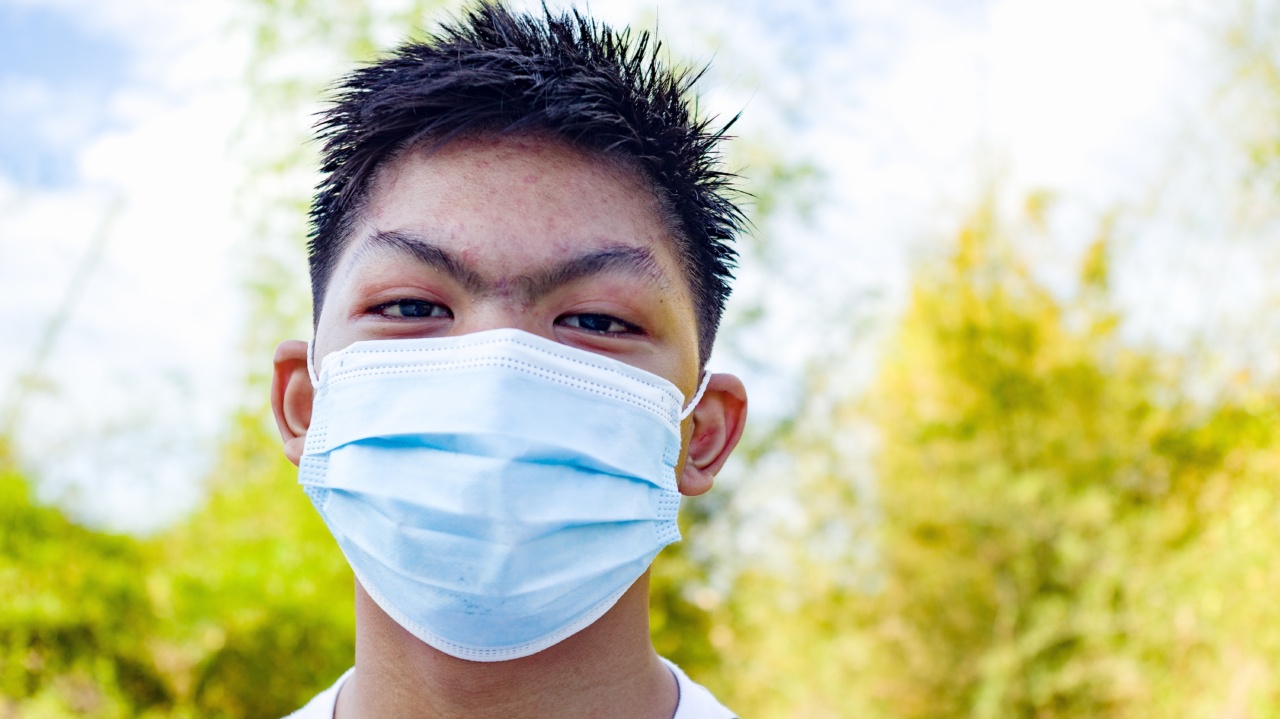The teenage years are a critical period of development, marked by various physical, emotional, and social changes. It is during this time that many individuals may experiment with risky behaviors, such as smoking.
Smoking is a prevalent issue among teenagers, and it poses significant health risks. Triple smoking risk refers to the combination of three factors that increase the likelihood of a teenager becoming a regular smoker.
In this article, we will explore the teenage years and the triple smoking risk, shedding light on the reasons behind this phenomenon and the potential consequences.
The Teenage Brain and Impulsivity
During adolescence, the brain undergoes significant changes, particularly in regions that control decision-making and impulse control.
The prefrontal cortex, responsible for executive functions, such as reasoning and self-control, is still developing and maturing. This developmental stage makes teenagers more susceptible to impulsive behaviors, including smoking.
Influence of Peers and Social Dynamics
The influence of peers and the desire to fit in socially play a crucial role in teenagers’ decision to smoke.
Adolescents often seek acceptance and validation from their peers, and smoking can sometimes be seen as an act of rebellion or a way to conform to the group’s norms. The need for social status and acceptance can override health concerns and lead teenagers towards engaging in smoking behaviors.
Media and Advertising
The media, including advertisements and movies, have a significant impact on teenagers’ perception of smoking.
Tobacco companies often employ clever marketing strategies to target young individuals, associating smoking with glamour, popularity, and independence. These portrayals can greatly influence impressionable teenagers, creating a dangerous allure towards smoking.
Family Influence and Role Models
The family environment and the influence of role models within the household also contribute to the triple smoking risk among teenagers. If parents or older siblings smoke, teenagers are more likely to perceive smoking as a normalized behavior.
Role models who smoke can inadvertently encourage and justify the habit, further increasing the likelihood of teenage smoking.
Psychological Factors and Coping Mechanisms
Teenagers often face high levels of stress and emotional turmoil during this period of their lives. Smoking may be used as a coping mechanism to alleviate stress, boredom, or anxiety.
Nicotine, the addictive substance present in cigarettes, provides short-term relief and a temporary escape for teenagers. However, this coping mechanism can quickly turn into a habit and lead to long-term addiction.
Health Risks and Consequences
The triple smoking risk during the teenage years exposes individuals to various health risks and consequences. Firstly, smoking at an early age increases the likelihood of becoming a long-term smoker later in life.
It also elevates the risk of developing chronic health conditions, such as heart disease, respiratory problems, and various types of cancer.
In addition to physical health risks, teenage smokers are more likely to experience social and psychological consequences. Smoking can hamper academic performance, lead to social isolation, and affect relationships with non-smoking peers.
Moreover, the addictive nature of smoking can result in a lifelong struggle with nicotine addiction.
Prevention and Intervention Strategies
Efforts to prevent and intervene in teenage smoking are essential to decrease the triple smoking risk. Here are some effective strategies:.
1. Education and Awareness Programs
Implementing comprehensive education programs highlighting the risks and consequences of smoking can help teenagers make informed decisions.
These programs should address the influence of media and advertising, emphasize the addictive nature of smoking, and promote healthier coping mechanisms.
2. Peer Support and Mentorship
Encouraging peer support groups and mentorship programs can create a positive social environment for teenagers, reducing the pressure to smoke and providing healthier alternatives for stress management.
Peer leaders who have successfully quit smoking can act as role models, inspiring others to do the same.
3. Restricting Access to Tobacco Products
Implementing stricter regulations and enforcing age restrictions on the sale of tobacco products can make it more challenging for teenagers to obtain cigarettes.
Additionally, imposing higher taxes on tobacco products can help deter teenagers due to the increased cost.
4. Parental and Family Involvement
Parents and family members play a pivotal role in preventing teenage smoking. Open communication, setting clear expectations, and being involved in teenagers’ lives can greatly reduce the triple smoking risk.
Creating a smoke-free home environment and actively supporting smoking cessation efforts are essential steps parents can take.
Conclusion
The teenage years are a susceptible period, with increased vulnerability to peer pressure, impulsivity, and the influence of media. The combination of these factors contributes to the triple smoking risk among teenagers.
Understanding the underlying reasons and consequences of teenage smoking is crucial in implementing effective prevention and intervention strategies. By addressing the triple smoking risk, we can help safeguard the future health and well-being of the younger generation.






























